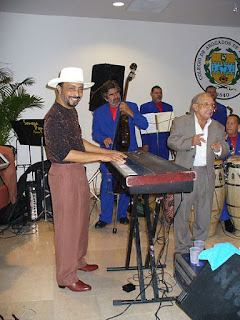Two Holiday Transcriptions: Bird and Mark Turner
.png)
I find jazz Christmas music to be a strange cultural phenomenon, having not grown up with it playing around the house during the late Nov.-late Dec. seasons. But, after playing a couple holiday party-type gigs around campus this year, I understand why the tradition is so deeply rooted in the winter consumer cycle: the melodies are simple and catchy! And so they're also easy to pick up if you haven't played them before, which is a huge plus if you're being asked to play x or y holiday song by a frantic hostess and have to transcribe the bass player's sotto voce rendition of said song in a couple seconds. I thought I'd transcribe a couple more involved holiday tunes for Christmas: Charlie Parker blowing on Irving Berlin's "White Christmas," live at the Royal Roost on Christmas day, 1948; and Mark Turner's solo on the Willy Wonka classic "Pure Imagination," from the curious Warner Bros. Jazz Christmas Party (1997) compilation, recorde...
+1.png)
.png)

.png)


+1.png)
+-+Stan+Getz's+Solo+(Bb)+1.png)


.png)